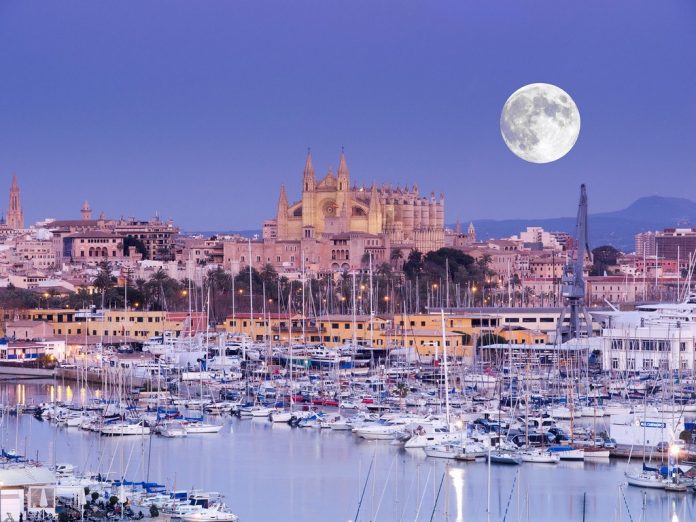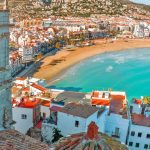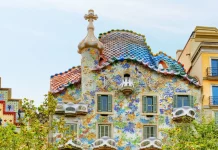Spain has more than 1,000 miles of Mediterranean coastline (just for starters), a mix of ancient port cities and resort towns that draw the European aristocracy. But true beauty isn’t confined to seaside landscapes—the food of San Sebastián, the art of Málaga, the marbled walkways of Alicante make these some of the loveliest spots in the country.
- Ibiza travel blog — The fullest Ibiza travel guide & suggested itinerary 3 days in Ibiza for the first-timers
- Krabi itinerary blog — Krabi, a new beach paradise in Southern Thailand
- El nido vs Coron Palawan — Comparison between Coron and El Nido, Philippines
- What to buy in Barcelona? — Top 15+ must-have souvenirs, gifts & best things to buy in Barcelona
- Top 6 most pristine islands in Thailand & best quiet islands in Thailand for this summer
Palma
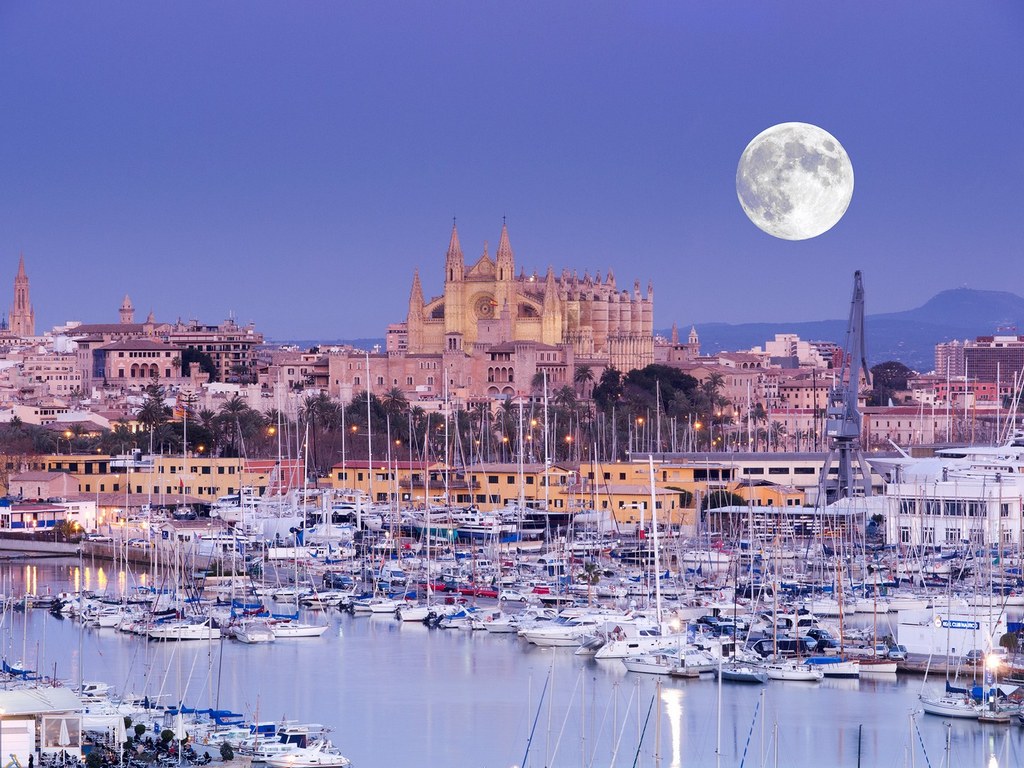
Palma is the gateway to and capital of Mallorca, the largest of Spain’s Balearic Islands. Besides being the launching point to explore the island’s many golden- and white-sand beaches, the city itself has a beauty borne of its past: Its strategic location means it has been conquered by just about everyone who passed through at some point. So when you’ve had your fill of sand and surf, you can soak in that history, while getting lost in the Old Town, a Moorish casbah of winding alleyways and immaculate courtyards.
Málaga
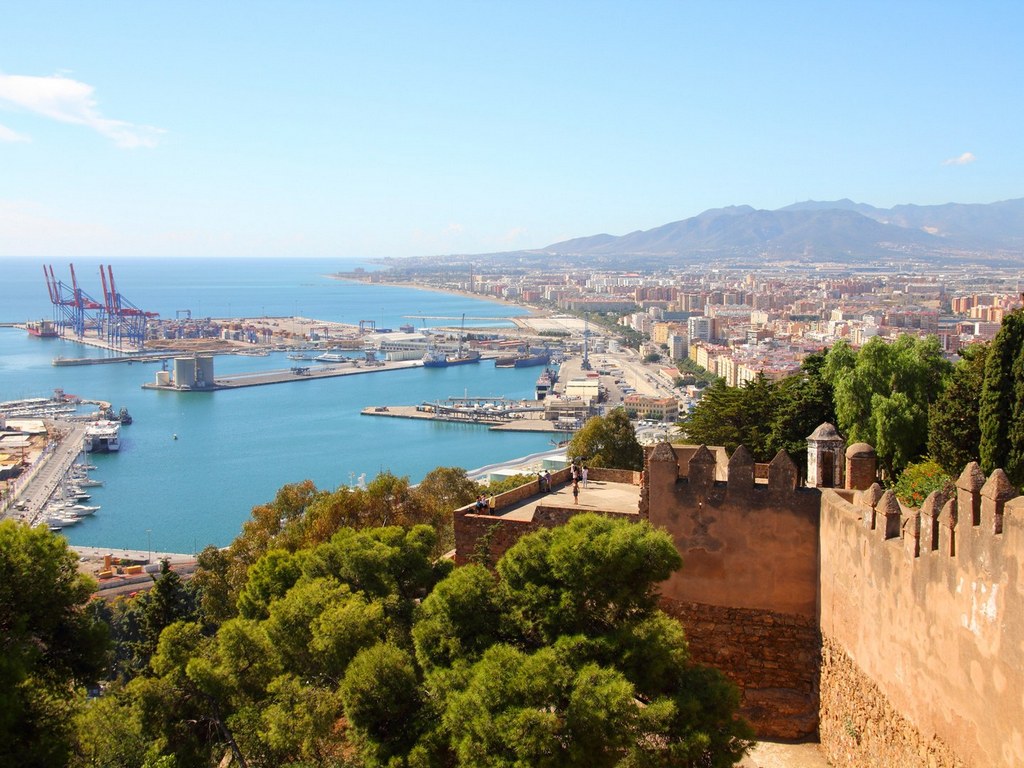
Málaga is more than where you fly into before your Andalusian road trip. Once home to Pablo Picasso, the city is a cultural hotspot, and we’re not just talking about the museum dedicated to the legendary artist. For starters, see what’s playing at the Cervantes Theater, a must-stop for national flamenco stars and global ballet legends alike. But it’s not all about what’s happening in the city-center. La Malagueta, the city’s beach, is the place to go for a refreshing mid-afternoon dip, a leisurely stroll, or a delicious meal at one of the many chiringuitos, beachfront restaurants where seafood is grilled right in front of you on glowing hot coals.
Barcelona
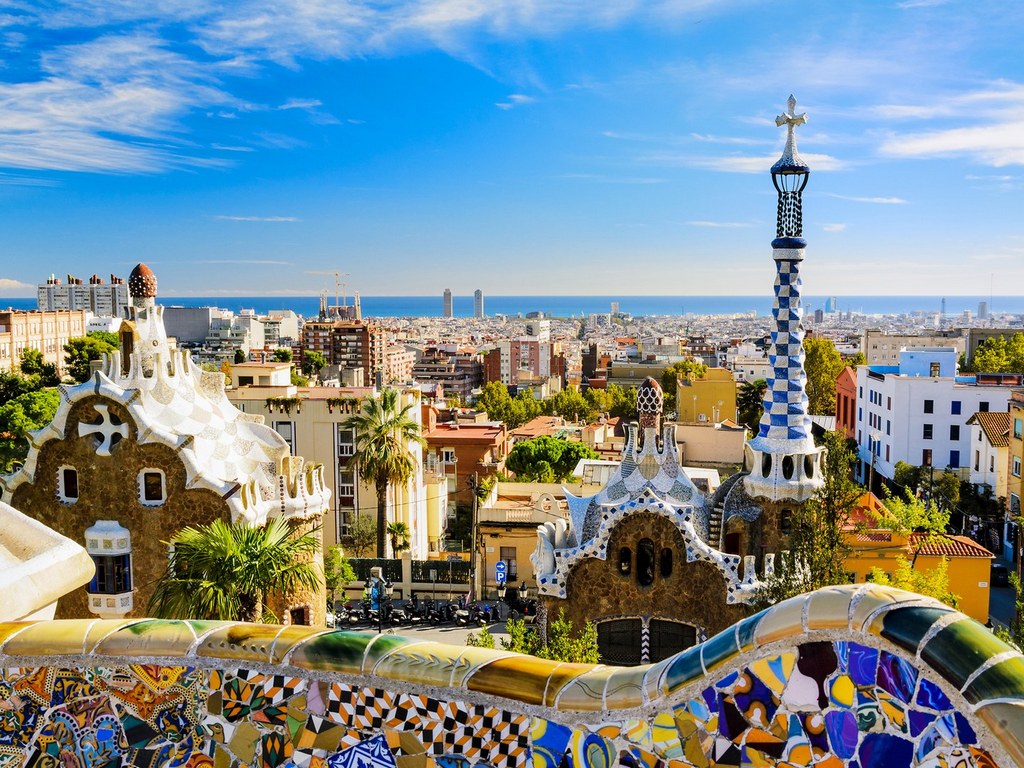
There’s nothing quite like sitting on La Barceloneta beach at dusk, aperitivo in hand, after a day-long stroll through the Catalonian capital’s streets. You’ve had your mind blown by Gaudí’s cathedral masterpiece, La Sagrada Familia, eaten your fill of freshly shucked oysters at the city’s food market La Boqueria, and meandered through the mazes of El Born, and now it’s time for a little R&R with a breathtaking view of the Balearic Sea.
San Sebastián
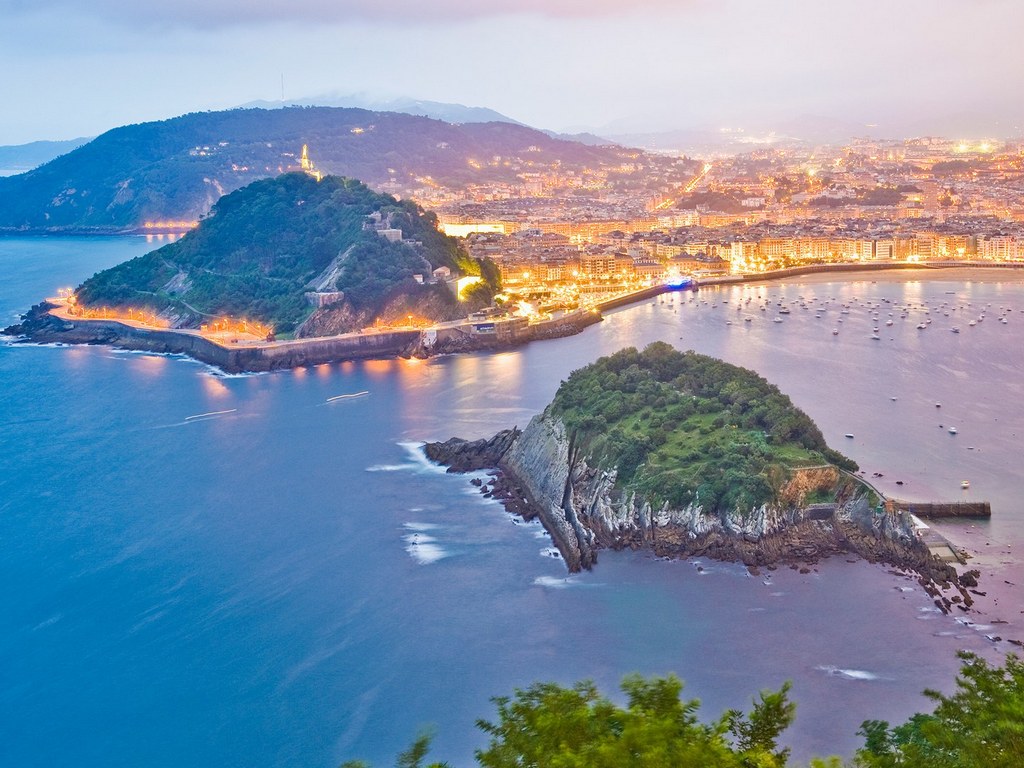
There’s a lot to do in the Basque city of San Sebastián—you could tour the Parte Vieja (the Old Town), spend a whole day surfing (or napping) at the happening beach Playa de Gros, or shop your way through the Área Romántica. But no one would blame you if you spend your whole visit eating, because the food is just as beautiful as the city’s architecture and ocean views. While it may seem like you can’t turn a corner without bumping into one of the best restaurants in the world, the city is also famous for its pintxos, the Basque take on tapas. Find your spot in one of the Old Town’s more down-home establishments and if you Instagram your meal, we wouldn’t blame you.
Ibiza

Yes, Ibiza is the go-to spot for ravers and full-moon partiers. But there is far more to the island, and the town, of Ibiza than thumping electro music and hordes of inebriated, sun-burned tourists. Look a little deeper, and you find a place rich in history and staggering in beauty. For starters, climb to the top of Dalt Vila, a UNESCO World Heritage Site, where you can take in sweeping views of the Mediterranean from atop 16th-century battlements.
Getty
Cádiz
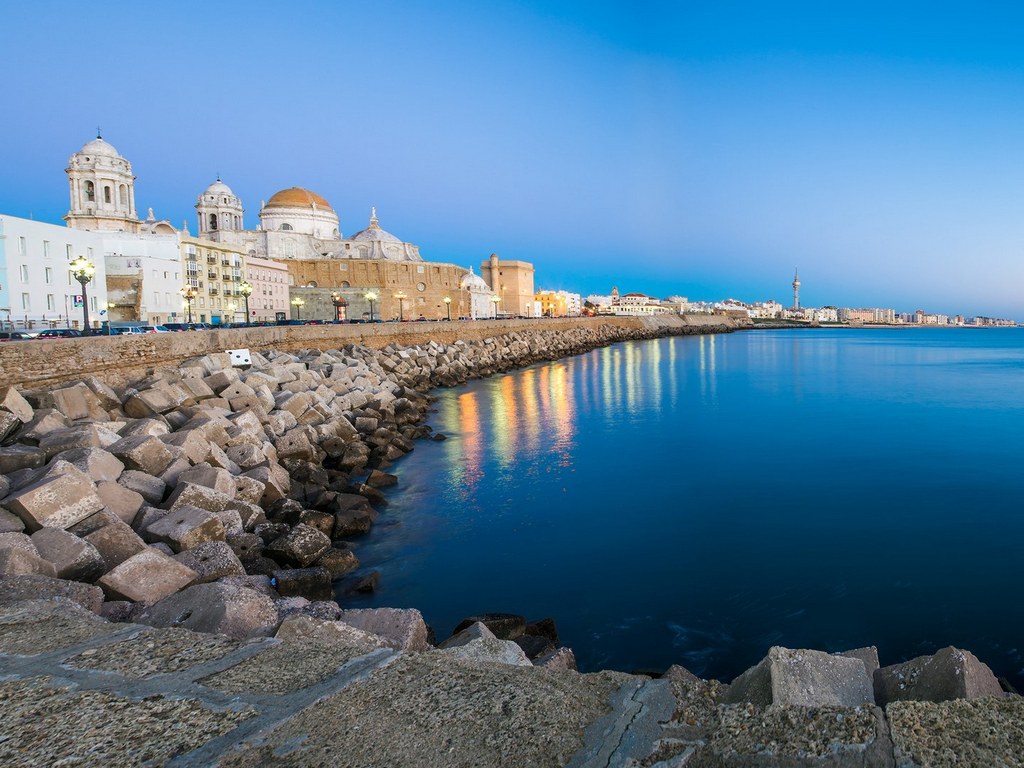
It is the geography of Cádiz that makes it so unique—and beautiful. The oldest continually inhabited city in Spain, it sits on a small strip of land in the southwest, almost entirely surrounded by the Atlantic Ocean, and perhaps more than any other coastal town in the country, it fully embraces the sea. Lighthouses and look-out towers dot the cityscape, and the city is built around its port—a lifeline for gaditanos’ (as locals are known) for thousands of years.
Alicante
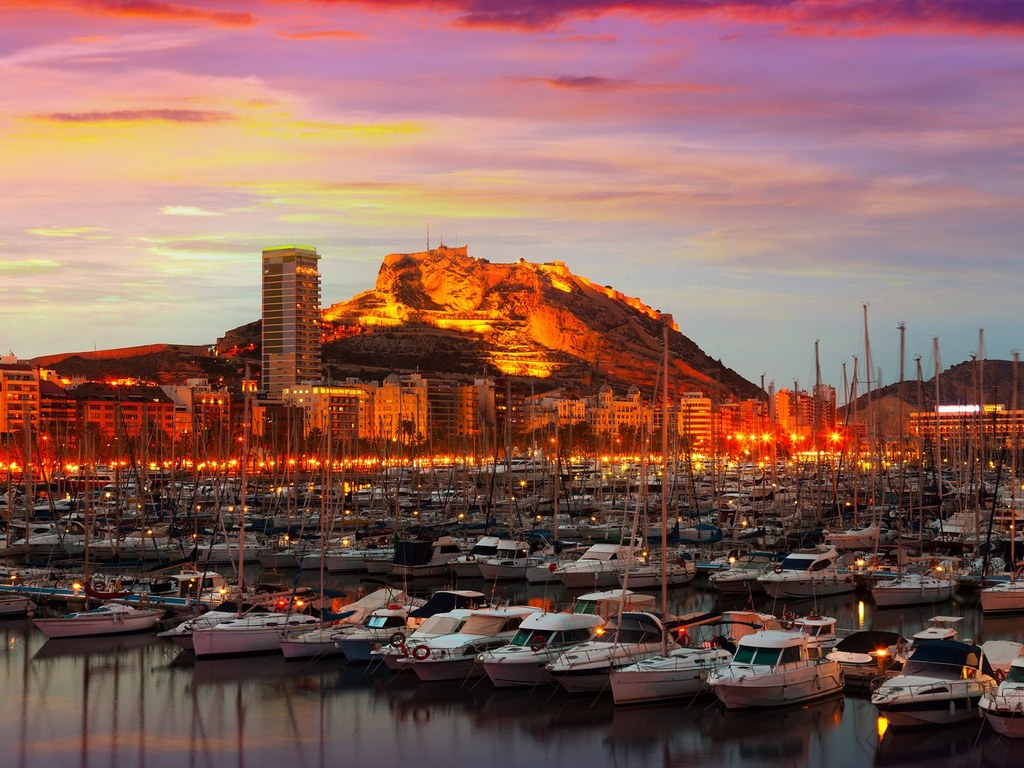
More than any other place on this list, Alicante is an ideal destination for those more inclined for all the makings of a beach vacation, without the challenges of more DIY itineraries. A robust tourism infrastructure makes this coastal town on Spain’s southeastern Costa Blanca a breeze for families and bachelorette parties alike. But just because the beach town is dotted with tourist-friendly resorts and restaurants doesn’t make it any less pretty. Need proof? Try a stroll down La Explanada de España, the promenade running parallel to the port, lined with palm trees and made out of 6.5 million marble tiles.
Getty
Valencia
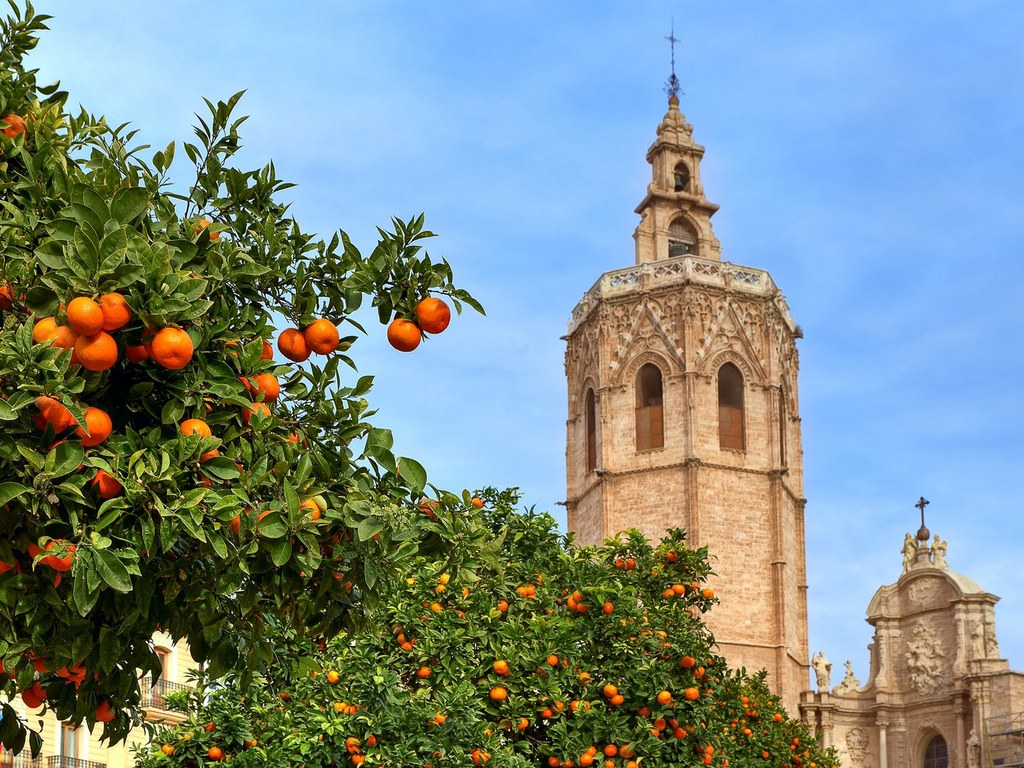
Valencia is the third-largest city in Spain, and is often overshadowed Madrid and Barcelona. But go for a walk and you soon realize that the city itself is a work of art. When the Turia River flooded the city, authorities responded by diverting its flow, and turning the remaining river bank into a giant, winding green space and allows residents to traverse the city without ever getting in a car. You know you’ve hit the eastern end of the park when you come upon the City of Arts and Sciences, a glass hemisphere that rises out of the ground like something out of an Isaac Asimov novel.
Marbella
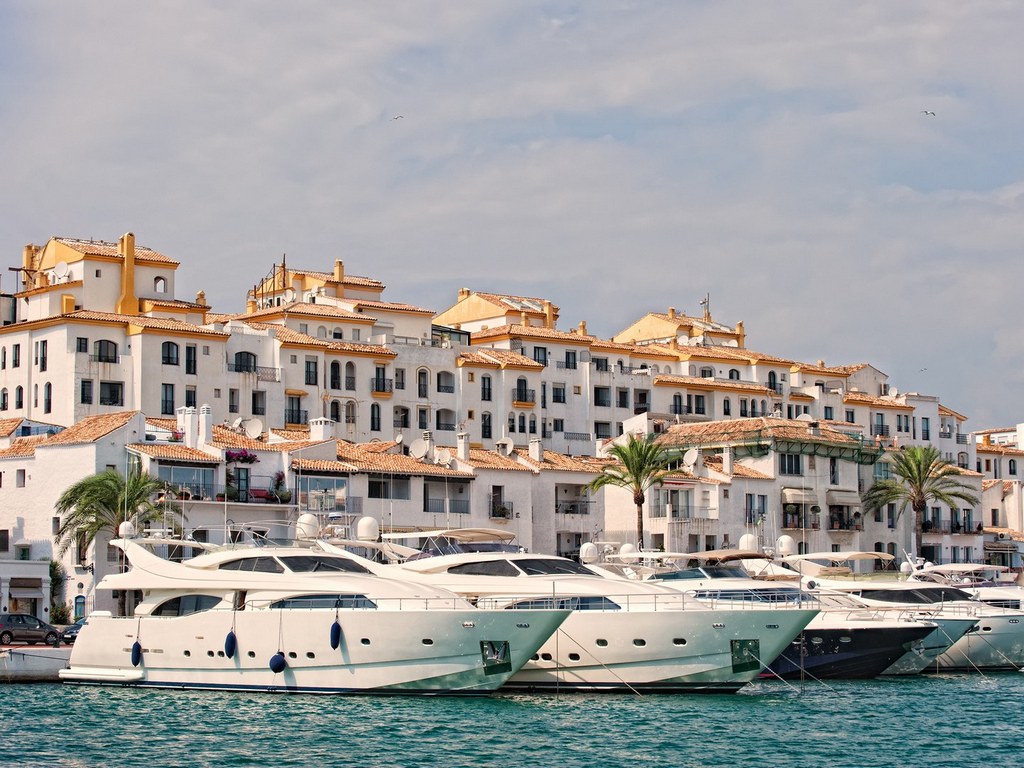
Marbella, on Andalusia’s Costa del Sol, is (in)famous for mega-yachts, supercars, and as a summer hangout for Europe’s aristocracy. But venture a little bit outside of the main tourist strip, and it becomes a whole new town. The labyrinthine Old Town swirls around the central Plaza de los Naranjos, a square named for the orange trees that outline it. On the Avenida del Mar, walk through a collection of sculptures by Salvador Dalí, nonchalantly on on display to the public, and follow the seaside promenade all the way to the neighboring town of San Pedro de Alcántara. That’s the real Marbella—not the glitz and glamor that makes headlines.
Sitges
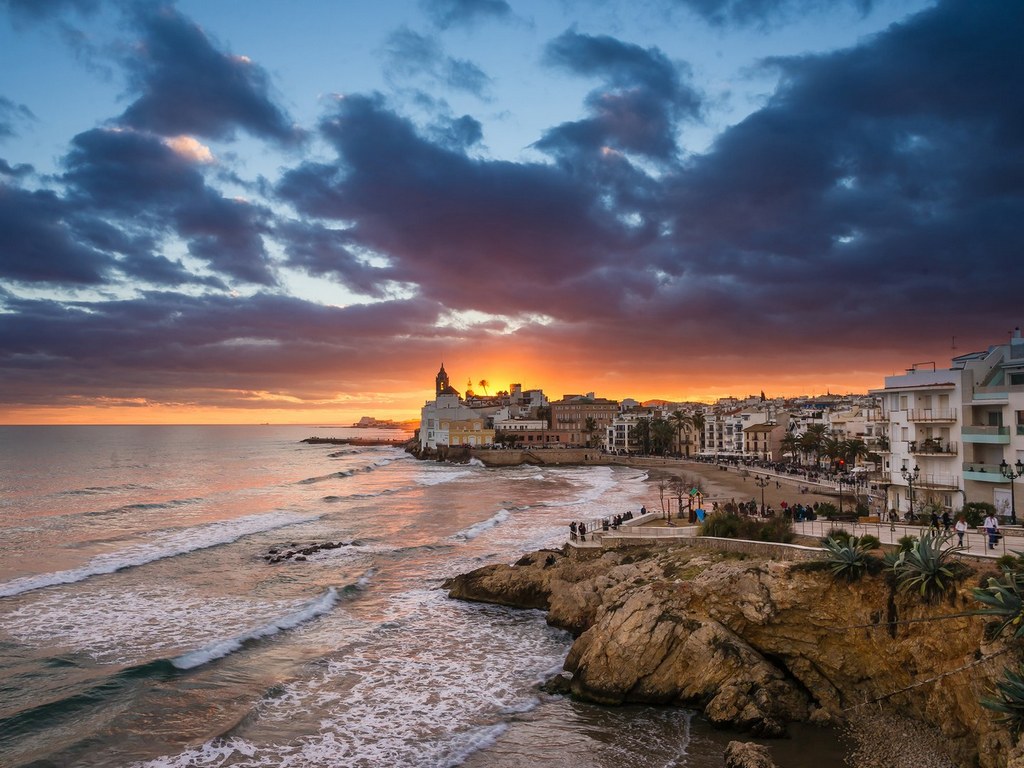
Tired of Barcelona? (What’s wrong with you?) Sitges offers a little respite from the non-stop hustle of the city. Just 25 miles from the capital of Catalonia, the former center of Spain’s 1960s counter-culture still retains much of its artsy past—it hosts a range of film and music festivals and one of the wildest Carnival celebrations in Europe—but its also a place where you can sleep in, go for a long swim, or just sit back, people watch, and sip on an ice-cold caña.
































